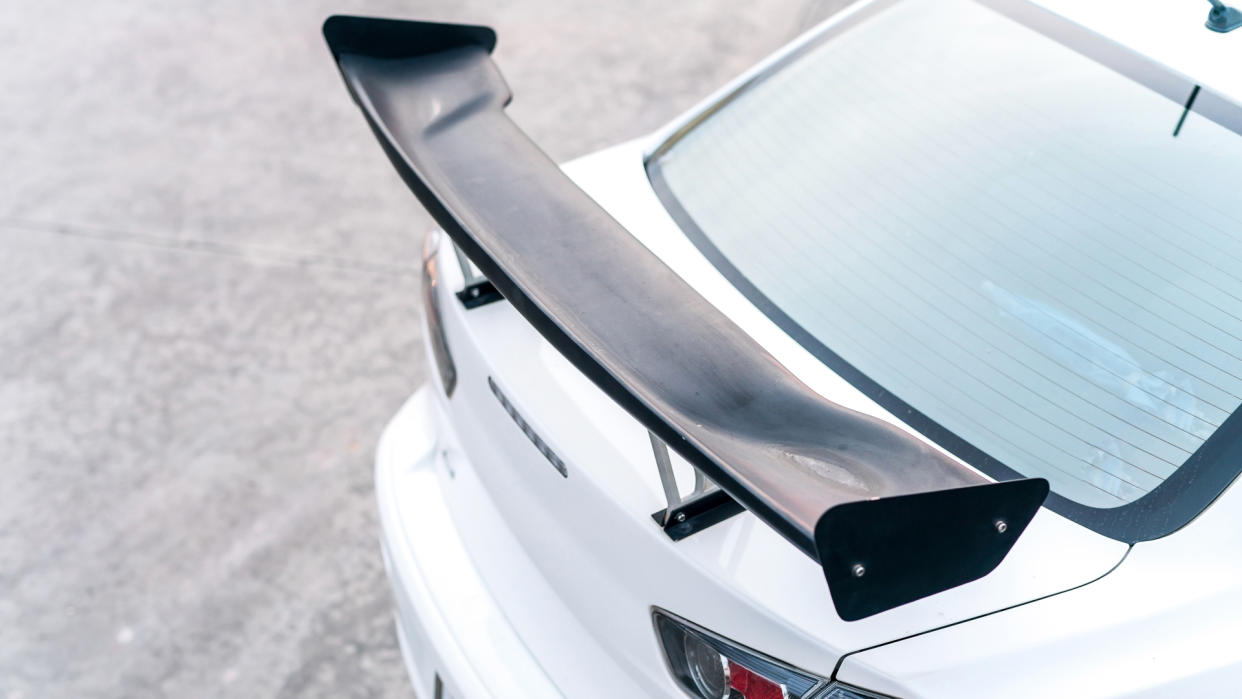7 Ways People Destroy the Value of Their Cars

In some ways, a car is like a house, with maintenance and upkeep contributing to the resale value. They differ because with a car, as time goes on, the value of your car has a downward trend. If you were to appraise it, the amount you could sell it for would be less than the purchase price due to depreciation — a measure of wear and tear.
Learn: 5 Used Cars You Shouldn’t Buy
Find: How To Get $340 Per Year in Cash Back on Gas and Other Things You Already Buy
You may be familiar with vintage or classic cars that are worth an exorbitant amount of money as the result of both manufacturer discontinuation and scarcity. But, when it comes to modern buying and selling, there are eight ways people destroy the value of their cars.
Mileage
Mileage is the hardest to control and isn’t necessarily the result of a car being poorly maintained. For regular individuals, driving is the primary function of a car, and mileage can’t be avoided. To make matters worse, mileage generally affects the value the most, as it is thought to be indicative of the overall condition and degree of servicing required. So, while impossible to avoid, you will find that your car is worth more the less you drive it. Mileage exceeding 200,000 is where the value reduction gets rough.
Brand Reputation
This is another thing you can’t necessarily control, but choosing to purchase well-regarded, mass-market brands like Subaru or Hyundai or luxury brands like Lexus and Acura over others can result in a higher resale value.
Aftermarket Modifications
Accessorizing your car with custom kits, wheels and rims, stereo systems, decals and other items can lower its resale value, as there’s a good chance future buyers won’t be interested in the cost of maintaining these add-ons that often aren’t covered by the warranty, according to Reader’s Digest. Suspension modifications and tinted windows are bad choices for preserving the value of your car, too. Anything that affects the safety mechanisms or powertrain results in the steepest devaluations.
Exterior
This is the wear and tear that people see without even driving the car. Not washing it and leaving dents and other deterioration like rust and corrosion behind will destroy the value. Tire damage and worn or cracked headlights and taillights are bad marks for your valuation. The presentation of the exterior in terms of customization is also important. Ostentatious color choices or material finishes can also bring down the value, and perhaps go so far as to prevent you from actually managing to sell the car. Even bumper stickers bring down the value, so you should definitely remove them.
Interior
If the car looks dirty on the inside or carries a bad odor, you’re simply asking for a poorer valuation. This includes the condition of the floor mats, stains or holes in the seating material and any other signs of deterioration like missing buttons. Look after your leather and upholstery and don’t smoke in your car.
Windshield Cracks
Windshield cracks are an interior and exterior problem; they look bad and can be the first step to a total collapse of your window. Trying to sell your car with window cracks present will easily result in devaluation.
Mechanical Function
People obliterate the value of their cars by not getting them regularly serviced and neglecting to keep an accurate record of their service visits and any repairs. The less it seems like the owner cared about the car, the lower the valuation. This also includes smaller elements like interior lights that aren’t functioning.
More From GOBankingRates
Suze Orman: 5 Social Security Facts Every Soon-To-Be Retiree Must Know
Here's How to Add $200 to Your Wallet -- Just For Banking Like You Normally Would
This article originally appeared on GOBankingRates.com: 7 Ways People Destroy the Value of Their Cars
